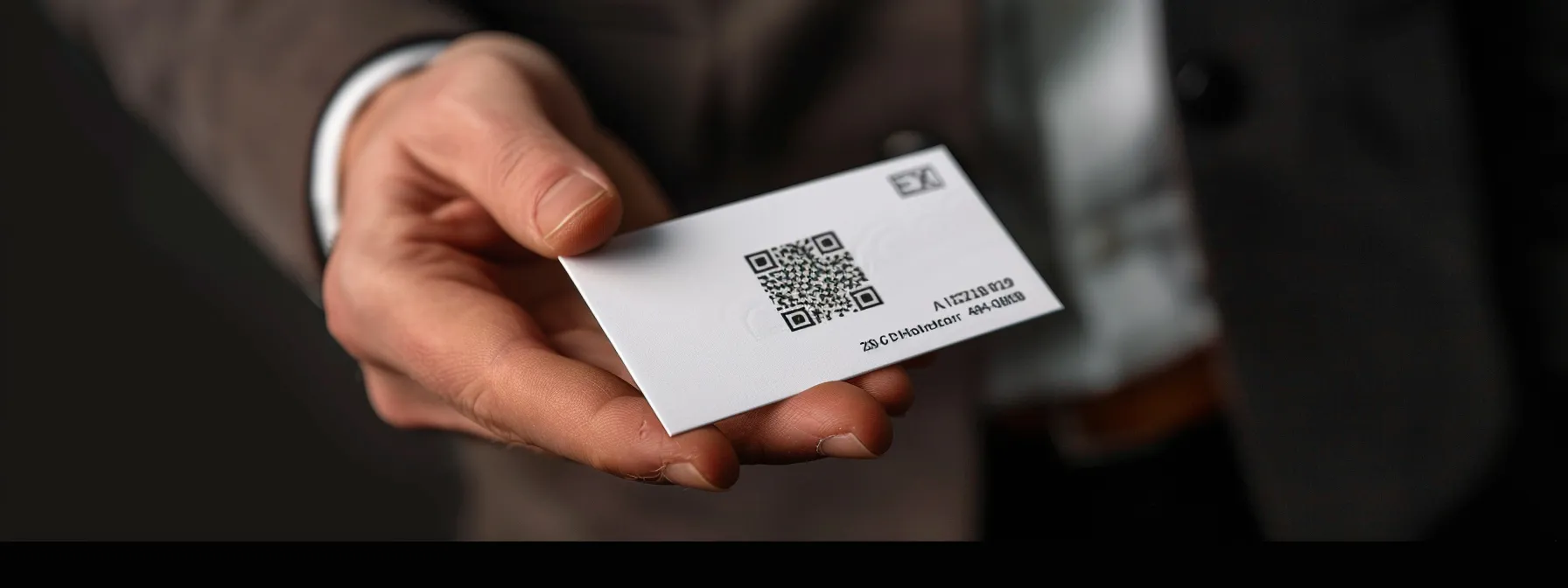
Business Card Promotions: Quality Meets Affordability
In a digital age, the tangible value of a well-crafted business card cannot be overstated. Far from being obsolete, these small but mighty marketing tools make powerful statements about your brand. Intricately balancing quality with affordability is the key to ensuring that your cards leave a memorable impact without breaking the bank. Below, we will explore how you can achieve this equilibrium, ensuring you get the most value from your business card promotions. Keep reading to discover how.
The Intersect of Quality and Affordability in Business Card Design

When it comes to designing business cards, quality and affordability often seem mutually exclusive. However, with the right strategy, they can harmoniously coexist. High-quality business cards often boast premium materials and finishes that signify professionalism and attention to detail. To achieve this without exhausting your budget, identify elements that are non-negotiable for your brand’s image, such as a clear logo or legible text, and invest in those.
While high-end options like embossing and foil stamping are undeniably attractive, they are not strictly necessary for a compelling design. Focus on a clean layout and use color wisely to create an eye-catching card that won’t cost a fortune. Digital printing advancements have made it possible to maintain high-quality prints at a fraction of the cost of traditional methods.
For the cost-conscious business owner looking for a jumpstart in their networking efforts, taking advantage of promotions such as free business cards can keep costs low while still providing a taste of their brand’s potential impact. Such offers can be ideal for testing the market or for new startups not ready to commit to large orders.
How to Ensure Your Business Cards Make a Lasting Impression

The purpose of distributing a business card is to create a lasting impression that allows your contacts to remember you and your brand long after the initial exchange. One of the crucial factors in achieving this is the card’s tactile feel. A heavy, high-quality card stock will stand out among others and feel substantial in the hand, suggesting that your brand is similarly robust and reliable.
A business card needs to do more than just look good; it has to be functional too. Incorporating scannable elements like QR codes can provide immediate digital access to your business’s online presence. This adds a modern twist to a traditional medium and offers convenience to your network.
Adding a personal touch, such as a handwritten note on the back of the card, can also make it memorable. This gesture shows thoughtfulness and can help foster a personal connection with the recipient. In the context of networking, a personal touch can be the difference between a new client, partner, or missed opportunity.
Leveraging Cost-Effective Materials Without Compromising on Style
Choosing the right materials for your business cards is crucial not just to stick to a budget, but also to maintain a stylish appearance. Nowadays, many cost-effective card stocks still offer a premium feel and look. For instance, recycled paper can be both an economical and eco-conscious choice that aligns with a brand’s sustainability values.
Additionally, new printing techniques can mimic the effects that were historically exclusive to expensive methods. For instance, digital spot UV effects can emulate the look of traditional spot UV coatings at a lower cost, creating a high-end finish without the accompanying price tag.
For businesses willing to step out of the norm, alternative materials like wood, metal, or plastic can make a striking impression. While these may cost more than standard paper, they are often kept much longer by recipients, serving as a constant reminder of your brand. Balance this elevated expense by reserving such materials for special contacts or occasions.
Maximizing ROI With Strategic Business Card Distribution
The return on investment (ROI) of business cards is determined by how effectively they’re distributed. Networking events remain a traditional and high-value venue for exchanging business cards, as they present a target-rich environment of professionals interested in making connections. However, strategic distribution should go beyond exchanging cards at events.
Consider partnerships with complementary businesses that can display your cards to their customers, tapping into a broader audience. For example, a real estate agent might have their cards available at mortgage lender offices. This symbiotic relationship benefits both parties and increases the card’s potential reach.
The balance between quality and affordability in business card promotions does not necessitate a sacrifice in style or impact. Strategies focused on material selection, design efficiency, and innovative distribution methods can result in a phenomenal return on investment. By leveraging both traditional and modern techniques, you can ensure your business card remains an invaluable tool in your branding and networking arsenal.


